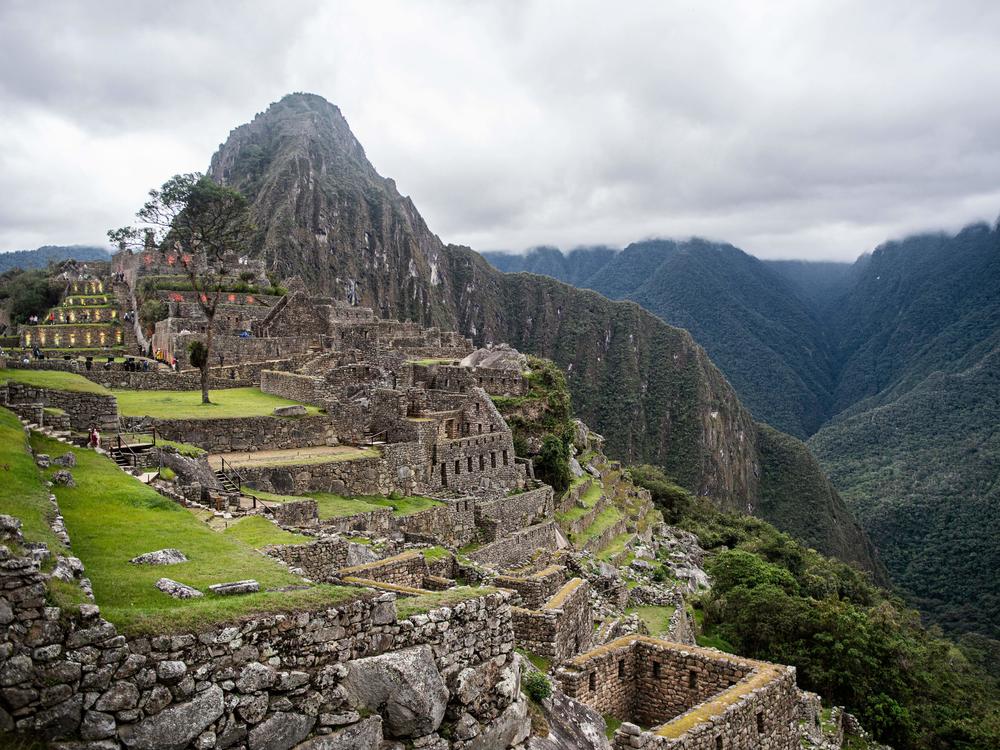Section Branding
Header Content
Machu Picchu Is Older Than You Think
Primary Content
Until now, historians had to rely on the Spanish conquistadors to guess at the age of the Incan citadel, high in the Andes Mountains of Peru. Researchers now have evidence that human habitation began in Machu Picchu at least decades earlier.
"People were thinking that it dated back to 1450," Richard Burger, a professor of anthropology at Yale University, tells Morning Edition.
Burger and his team found evidence that Machu Picchu can date all the way back to 1420, 30 years older than thought.
Burger and his team made the discovery using organic material taken from skeletons found in 1912, and with the help of a process called accelerator mass spectrometry.
But Burger is optimistic that more can be uncovered.
"Maybe we need a radical revision of the chronology and maybe even push it into the 14th century," he says. "Maybe we're completely off."
Previously, the only way historians could confirm the real age of the historical population was through documents from the Spanish conquest or quipus, knotted records left by the Incas.
Listen for more on Machu Picchu's origins.
This story originally appeared on the Morning Edition live blog.
Copyright 2021 NPR. To see more, visit https://www.npr.org.

